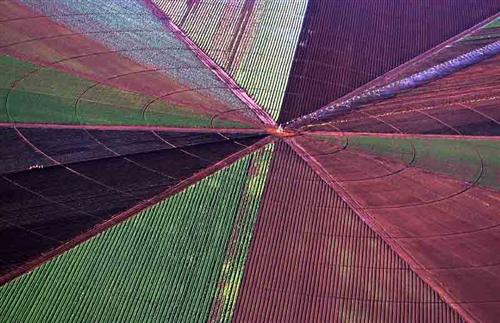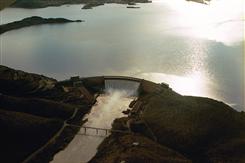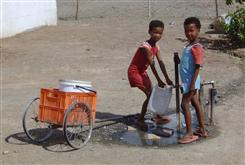Meeting the water requirements of the population, economy and environment of the Orange-Senqu River basin is a significant challenge. With limited surface water resources available to meet increasing demands, managers and decision-makers need to consider all options, including sustainable use of groundwater, new water infrastructure and opportunities to conserve water to improve rain-fed agriculture.
The Resource Management theme includes information on:
-
Water Demand - including perspectives on demand management, regulation, major demand sectors, conservation and re-use;
-
Water Infrastructure - including bulk transfers, dams, small scale supply and groundwater, infrastructure for irrigation and development and maintenance;
-
The Value of Water - including a discussion of economic valuation of water, an overview of virtual water, comments on the future outlook and environment costs; and
-
Resource Monitoring - including the importance of monitoring, existing monitoring infrastructure and programmes, information systems, data and information for decision-makers and a discussion of gaps in data and information necessary for integrated water resources management.

Irrigated agriculture is a major water consumer in the basin.
Source:De Wet 2007
( click to enlarge )
 Gariep Dam from the air. Water management infrastructure (dams and water transfers) is essential to ensure sustainable development in the Orange-Senqu River basin. Source:Pyke 2002 ( click to enlarge ) |
 Water collection in Keetmanshoop, Namibia: provision of water is essential to ensure livelihoods in remote rural communities. Source:DRFN 2008 ( click to enlarge ) |